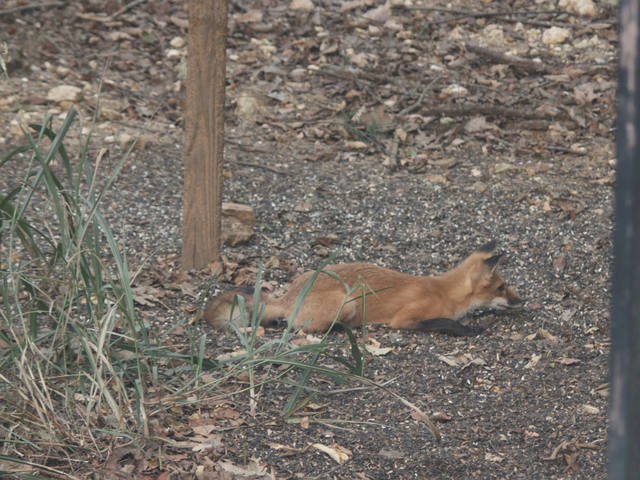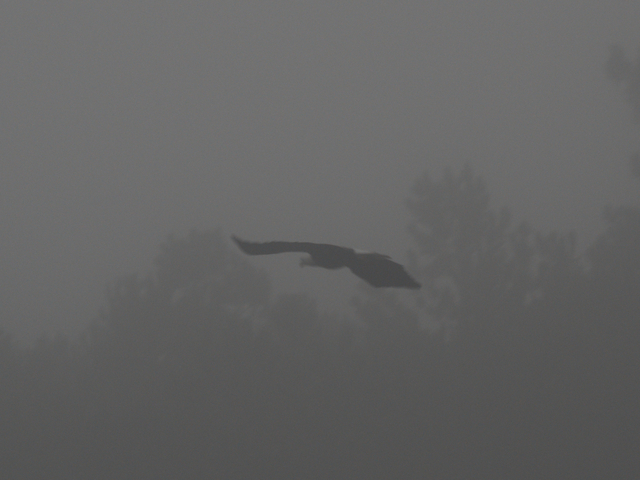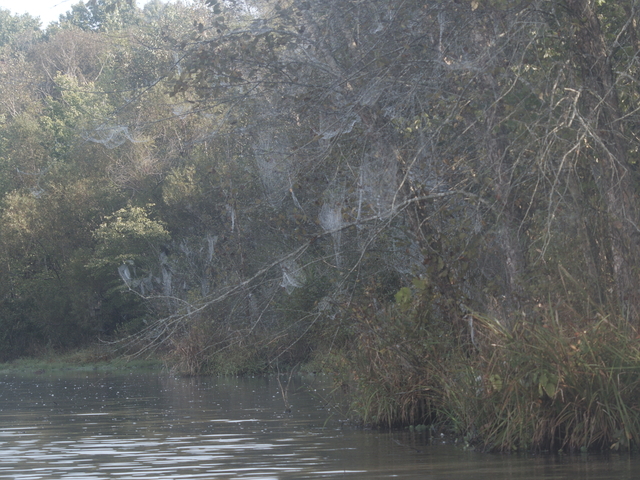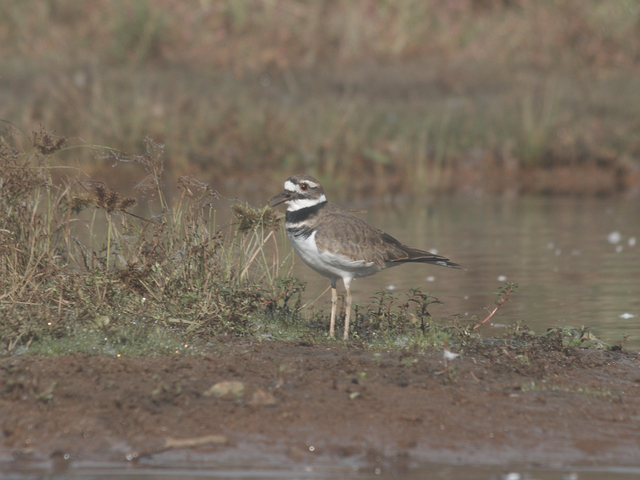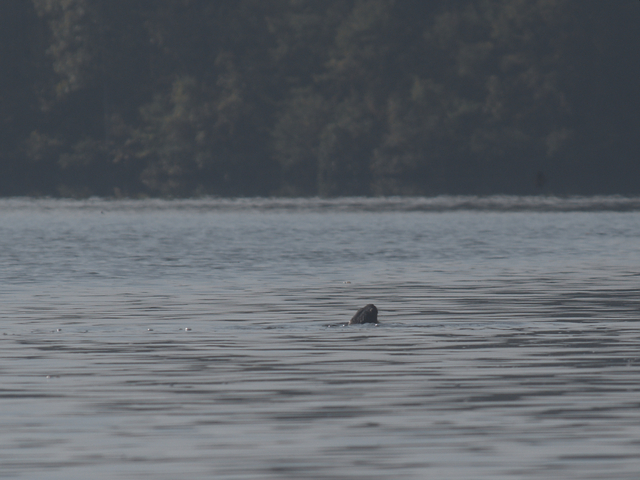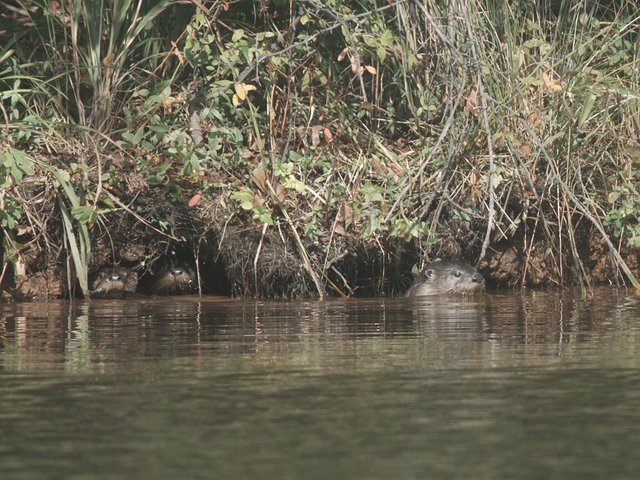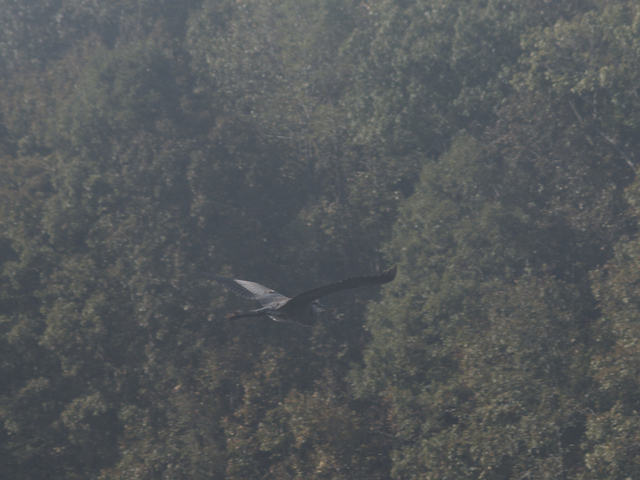They say the two best days of a person’s life are the day they buy their airplane, and the day the sell it. I’m not so sure. Certainly the day I bought my airplane was a Good Day, but I’d probably feel better about selling it if I had better reasons.
In late 1985, I was a very active flier. I was spending a lot of time in the air flying for my self, instructing, even doing a little corporate flying. One day I was fiddling around with a calculator (they weren’t a part of everyone’s phone back then), and after putting in my income, subtracting out my housing and food expenses, I came to the startling conclusion that I could afford an airplane of my own. And even afford to fly it 7 hours a month. I worked on the numbers some more, but still came up positive.
By then I’d flown a pretty wide variety of airplanes, and I knew what I wanted: a Grumman Tiger. I did a lot of my early flying in these, and always liked the capabilities and handling of them. I let word get around that I was in the market.
My airplane found me. While I was out of town for Christmas of 1985, N45210 stopped in at my home airport and a line person mentioned that he knew someone who was looking for a Tiger. The then-owner said he was getting pressured to sell the airplane and use the money for other things, and left his contact information. After the holidays we got together, and on January 28, 1986, I became an airplane owner. As far as I know, the airplane never was actually advertised anywhere. Call it fate, kismet, divine intervention, who knows? It just seemed meant to happen.
It was great. I was making trips to Florida regularly to visit relatives. I could fly whenever I wanted to, in between my students and other flight school activities. The Grummans were not nearly as ubiquitous as the Cessnas and Pipers that were all over the airport, and many people around the flight school were quite interested in getting a ride in this, what did you call it, “Grumman”. And there are some unique things about these airplanes that I enjoyed explaining (read: showing off).
One of the unique things about the Grumman line is their responsive handling: they’re much more responsive to the flight controls than most rental-line fare. You learn to fly with a light touch in such an airplane. There was a trip I made in a P-Navaho, a large (to me) cabin-class twin-engine airplane that just needed a second pilot for that trip. Prior to the flight, the pilot in charge briefed that we’d do everything on autopilot, to ensure we gave the execs in the back a smooth ride and didn’t spill anyone’s coffee. I guess he didn’t realize how Grumman pilots flew, because after watching me handle the takeoff he ended up letting me hand-fly the whole trip: we never did turn on the autopilot and everyone’s drinks went exactly where intended.
In July of 1986 I was diagnosed with a medical condition that, as far as the FAA was concerned, was “forget about it, don’t even bother asking”. That put a big wrinkle in things, as I could no longer act as the pilot in command (I.E. the one person who has to be on board).
Now, the traditional and sane thing that people do in this situation, when they lose the ability to fly like this, is to sell the airplane and go do something else. Maybe buy a boat and sail to the Bahamas, or get a motor home and hit the road. But I couldn’t walk away from the sky.
And, for quite a while, things were ok. There were plenty of people around who knew me, my situation, and were more than willing to go fly with me. Of course, I could fly the airplane, so long as another pilot was on board to act as pilot-in-command. I could even instruct, if my student was already qualified to fly under the regulations, but maybe wanted some additional or recurrent training.
One summer several of us flew to a bunch of airshows in this quadrant of the country. I remember taking off from Dayton, Ohio on a taxiway, which was temporarily designated a runway to handle all the departing traffic.
Then there was the night we got pulled over by a Sheriff. Yeah, in the airplane. A very good and special friend and I were out late one Sunday night (ok, it was Monday morning by then) just flying from airport to airport. At our last stop before returning home, Calhoun Falls, SC, we made a low pass down the runway to make sure it was all clear (no deer on the runway), then landed. As we taxied back to the end of the runway to depart, we noticed a car parked there. Rather unusual, but maybe someone just came out to see what all the fuss was about. We swung into position to depart, and I was about to bring up the power when the blue lights came on. The Sheriff said he just wanted to see if we had some problem he could help us with, although the Deputy made a point of looking in the back of the airplane, looking for who-knows-what? I guess they don’t get much late night (early morning) traffic in Calhoun Falls.
I learned quite a few things because I fly. For example, I never knew that not only bulls had horns, but also some cows. I learned that when I took a friend out to a farm in Alabama. I would probably never have known that you could buy fishing bait from a vending machine, but at a hotel in Virginia we stayed at there was a Vend-a-Bait machine.
When you own an airplane, there always good times like that, and bad times. The worst thing I had happen in the air was when one of the exhaust valves broke, resulting in an engine that ran very rough and produced little more power than was necessary to maintain altitude. Fortunately, we were near our airport. I called the tower, told them I had a rough engine and I was landing straight in on [runway] 36. We were immediately cleared to land, even without using the “E” word (“Emergency”). Upon disassembly we found a piece of the valve in the muffler. I stuck it in my pocket and there it stayed. I don’t know if it became some sort of talisman, good luck charm, just a reminder that things don’t always happen to someone else, or maybe nothing. But it was in my pocket whenever I flew thereafter.
That was my first Expensive (the other cringe-worthy “E” word in aviation) repair. Make no bones about it, owning an airplane takes money. My Dad would often introduce me as “my rich son: he owns his own airplane”, and I would correct that by pointing out that owning an airplane doesn’t mean you have money, it means you had money.
Avionics upgrade, an engine overhaul, paint job, those were the big things. Along the way there were plenty of smaller things: parts that regularly wear out like tires and batteries, things that need replacing when they act up like magnetos and alternators, and the dreaded (by some) annual inspection every year.
In part to help control the expenses, I earned my A&P (Airframe & Powerplant) Mechanic certificate, so I could perform most of the maintenance myself. The first repair I did on my own was replacing a worn cowling hinge. I marveled at how I was able to do that for just the cost of the hinge, about $40. That, and about $500 worth of tools I had bought for the job, not to mention other tools, tuition, time spent studying, the written, oral, and practical tests,…. Over time I think I probably came out ahead. It’s also interesting how often the skills I learned and developed around the hanger have come in handy in the data center where I work, from basic tool use to AC power systems and air conditioners.
The costs and maintenance and whatall are one thing, but I think the worst of times were when I just couldn’t fly for one reason or another. Some fliers, particularly those who fly, for lack of a better term, for the sheer joy of flying, call it being “groundsick”. I’m not sure I can explain it; it’s one of those things that you know when you see (or feel) it, but doesn’t have a tangible presence. It’s a frustration… a longing… a sort of ennui… nothing seems right. One can get downright grumpy. Physical symptoms are not unknown. The good news is that the cure is very quick and effective. As soon as the prop starts to turn and the engine catches, the world is back to being right again, and all the angst gets blown aft in the prop wash.
Another airplane owner I knew once remarked that when things aren’t right with the airplane, nothing is right with the world. There is truth in that. Something like an airplane, that takes a lot of resources in terms of time, money, attention, and just mental bandwidth is a significant part of your world. Still, when the ground drops away, when you go to the other end of the state for lunch, when you see all the Smoky Mountains lined up stretching into the distance, when you take off in the early morning and see the sun before anyone else and the fog heaped along a river like a big caterpillar, when you see the city lights glowing through an undercast layer, when you see that glory on the cloudtops, it’s all worth it.
So, why then am I a former airplane owner? It’s the medical certification situation. For a long time, this wasn’t much of a problem, but eventually a lot of the people I knew and flew with moved on, or drifted away, one even died, leaving me with a paucity of qualified pilots. Over the last several years, the AOPA and EAA were working with the FAA and congress to change the medical certification rules, but that ended up being too little, too late for my case. With another round of Expensive Things looming for the airplane, I decided it would be best for us to part company. A new owner would be able to meet those expenses as an investment, and do what I could not, and now never would, properly do for the airplane: fly.
When I set out on this course, it felt like looking at a BandAid that’s been stuck on for a very long time. It served a purpose, but now it needed to be pulled off in order for things to get better. It wasn’t something I was looking forward to, but it had to be done. I wasn’t sure if I wanted the sale to happen quick and be done with it, or maybe take some time.
It didn’t take long to find a qualified buyer, as far as these things go. It seemed to take almost as long to get the weather to settle down so the new owner could fly his prize home. For me, maybe that was a good thing, as it gave me time to get used to the idea of not owning N45210 any more, while the airplane was still here, in sight, in my rented hanger. When the day came, I really didn’t have time to dwell on it, as I was busy trying to share everything I knew about the airplane with the new owner, explaining about that piece of exhaust valve I gave him, giving some tips about the airport and local ATC, and taking pictures during the departure on October 19, 2017.
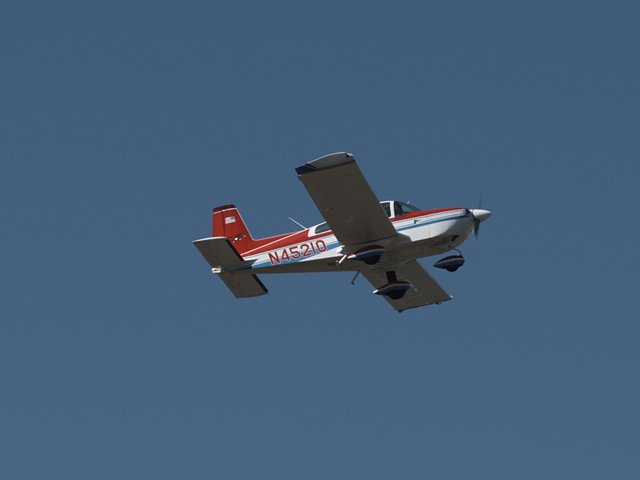
It didn’t really hit me until I went to leave the airport that day. Call me silly, but before leaving I would always pat the airplane on the spinner and tell him when I’d be back. Suddenly, there wasn’t anyone there. The BandAid had been ripped off.
So, what now?
The light sport aircraft (LSA) category was created in the 2000’s to provide a cheaper, more accessible way for people to get into aviation. These would be smaller, less-capabible aircraft, but also much cheaper, and, importantly, no FAA medical certificate would be required: if you held a current, valid state driver’s license, you could self-certify that you were healthy enough to fly (something all pilots do before every flight anyway). Since I never applied for and been denied a medical certificate by the FAA, my fitness to fly would be a matter between me and my doctors.
It’s a bit ironic for a segment of aviation created to be more affordable, but the money from my airplane, and even including what I knew I would need to spend in the near future, is a bit short of what a good LSA airplane would cost. Part of that is the youth of the market: what’s on the used market hasn’t depreciated all that much (not that airplanes depreciate a lot, I actually made some money on mine, but still there’s a big difference between a 40 and a 10 year old vehicle). Another factor is that those cheaper airplanes weren’t all that popular: instead of being driven by people getting into aviation and wanting something simple (inexpensive) to start with, a lot of the market force came from people like me: moving down from larger aircraft but still wanting all the bells & whistles. So, I need to save up a few years of those operating expenses that I don’t have any more and see where that gets me.
In the meantime, I still have the bicycle (one of the cheapest modes of transportation one can own, as opposed to one of the most expensive, like an airplane) and the kayak, there’s trails to hike, and a new segment of aviation to learn about.
Stay tuned, I’m not done quite yet…

